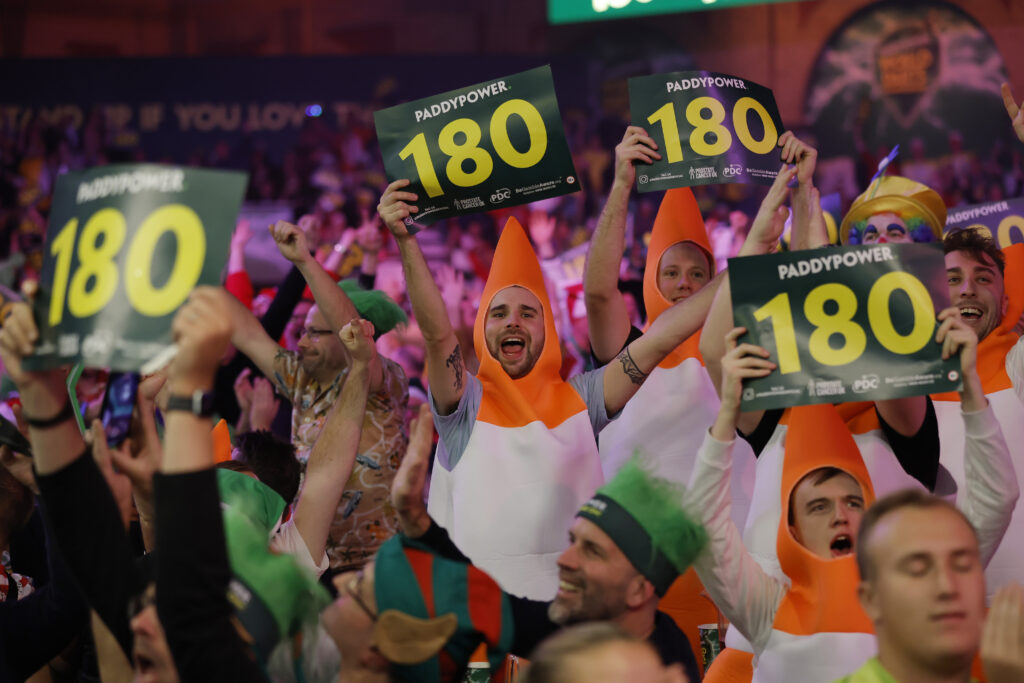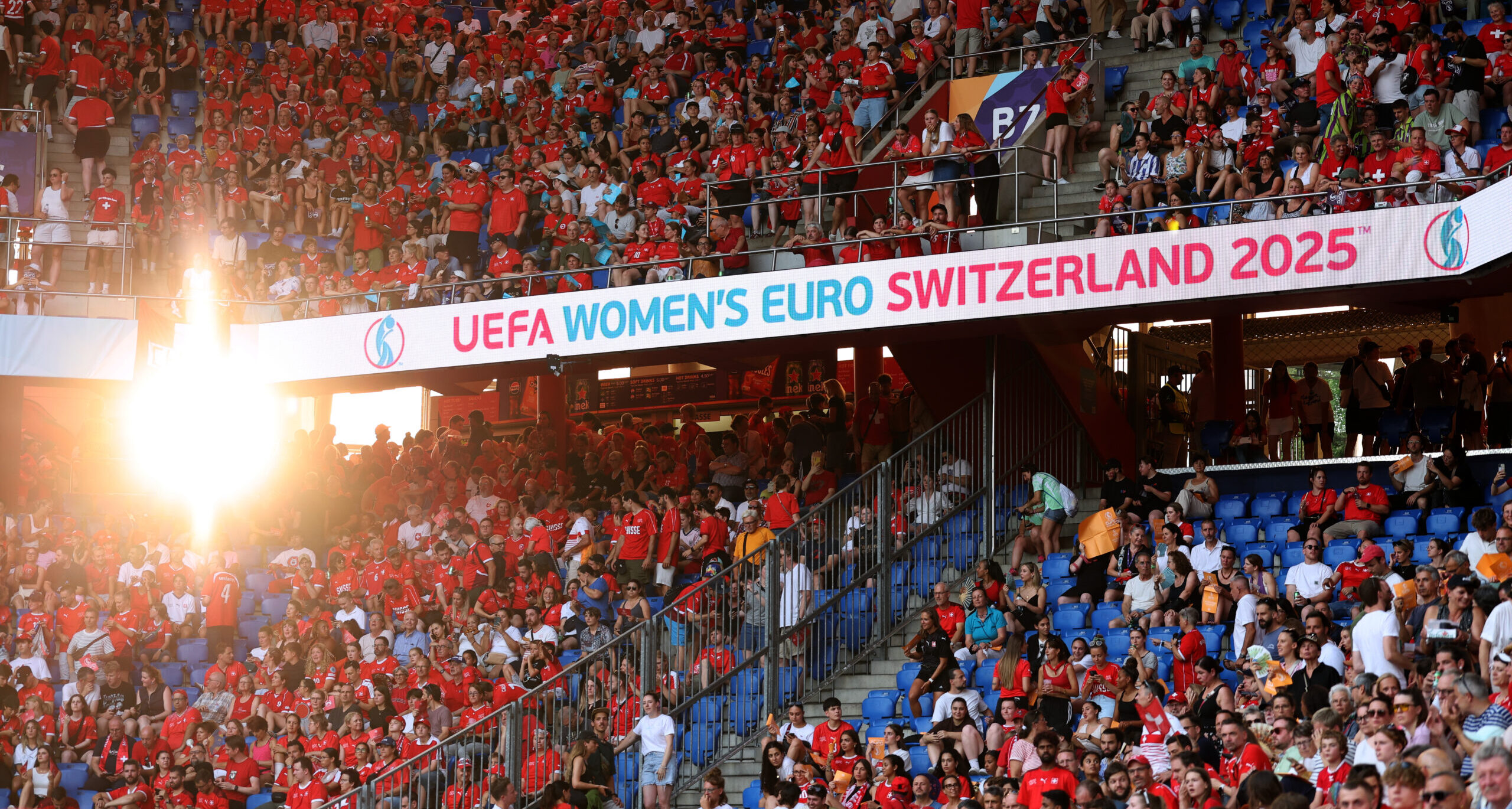What makes sports sponsorship truly impactful?
 In today’s evolving sponsorship landscape, visibility alone isn’t enough. Brands are moving beyond logo placements to forge deeper, more effective partnerships in sport.
In today’s evolving sponsorship landscape, visibility alone isn’t enough. Brands are moving beyond logo placements to forge deeper, more effective partnerships in sport.
We recently sat down with SportQuake’s Partnerships Insights Director, Jack Wilmot, to understand what is driving impact, from smart activation and cultural alignment to data-led strategies that deliver real business results.
Based on your experience, what sponsorship assets in sport genuinely shift the needle for brands?
Jack: Traditional logo placements with high TV visibility are still some of the biggest drivers in sponsorships for many of the brands we work with. These placements provide much of the overall media value. Also, the use of IP within a brand’s own ecosystem helps establish trust and credibility with new audiences. Add to that social and digital access, which allows brands to educate or tell stories around their products or services – and you’ve got a much more effective approach.
What separates a logo-on-shirt deal from a sponsorship that truly delivers on brand and business goals?
Jack: It comes down to great activation strategies. It’s so important for brands to engage with their audiences in simple but effective ways. No one wants to be directly sold to 24/7, so we’re seeing brands use sport to create fun yet educational content. The reach and frequency sports partnerships provide make them a perfect platform to do this.
Impact X shows that creative activation is a key multiplier of ROI. Do you think brands are investing enough in this side of sponsorship?
Jack: They’re certainly starting to do this more. Impact X highlights some great examples of brands leaning into creative activation. There’s a growing realisation that you cannot just rely on big logo placement alone. You need depth, and this comes through smart, authentic storytelling.
What role does measurement play in sponsorship success today? Are brands more confident in proving ROI – or is that still a barrier?
Jack: It plays a huge role. There’s still inconsistency in data sources and how results are reported. Brands rely on rightsowners to support their analysis, and there is still a slight lag in the industry on its importance. Brands are increasingly asking how? Why? What will this deliver? How will it impact my brand? Part of this is due to the shift in brands becoming more scientific sponsorship buyers. Ultimately, a more sophisticated buy side impacts the sell side, but there is still education required to close the gap.
How do the best sponsorships turn cultural alignment into a commercial advantage?
Jack: This comes back to how brands activate their sponsorships. It’s so important to rightsowners that their sponsors engage with their fanbases in an organic and thoughtful way. A great example of this is Nivea Men’s x Liverpool FC ‘Dear Liverpool FC’ digital campaign. Reaching far beyond the Liverpool FC community, it captured the emotion of being a fan while speaking to the brands core values: caring for men.
Our latest MarketPlace report found that Crypto sponsorship spend grew 20% year on year. Why do you think Crypto brands are leaning into sport?
Jack: This comes back to how brands activate their sponsorships. It’s so important to rightsowners that their sponsors engage with their fanbases in an organic and thoughtful way. A great example of this is Nivea Men’s x Liverpool FC ‘Dear Liverpool FC’ digital campaign. Reaching far beyond the Liverpool FC community, it captured the emotion of being a fan while speaking to the brands core values: caring for men.
We’ve seen sectors heavily invest in sports sponsorship – but then pull back fast. What are the key learnings for brands to invest in sport over the long term?
Jack: Crypto is quite a unique sponsorship category insofar as spend activity can be linked back to market volatility and performance. Ultimately, crypto brands invested too heavily, too quickly and had to course correct. The key learning is to ensure strategy and objectives are clearly defined during the discovery phase between all parties. If this is done thoroughly, it gives a sponsorship a much greater chance of long-term success.
Where do you see the biggest opportunities – whether it’s emerging platforms, new brand categories, or smarter ways to buy and activate?
Jack: The real opportunity lies in data-driven sponsorships and performance-led activations. As brands push for greater accountability and ROI, the future will be defined by rightsowners who can offer not just reach, but insight – particularly through first-party data. Premier League clubs, for example, are starting to unlock deep behavioural and transactional insight from their fanbases. This allows sponsors to run more targeted, lower-wastage campaigns that feel personal and drive tangible results.
We saw this recently with a Premier League club campaign that combined CRM, digital ads, and matchday activations. It delivered 3.6 million impressions, over 11,000 direct sign-ups – and over 60% of those impressions hit the high-value 18–34 demographic. Post-match activity saw a 100%+ spike in sign-ups. These aren’t just awareness numbers – they’re performance metrics that speak to real business impact.
As this trend accelerates, the smartest buyers will be those who treat sponsorship like a full-funnel marketing tool. Rightsowners who can deliver robust audience insight, digital targeting, and conversion-focused campaigns will unlock stronger, longer-term relationships.
Interested in learning more about impactful Sport Sponsorships? Get in touch with the team.

